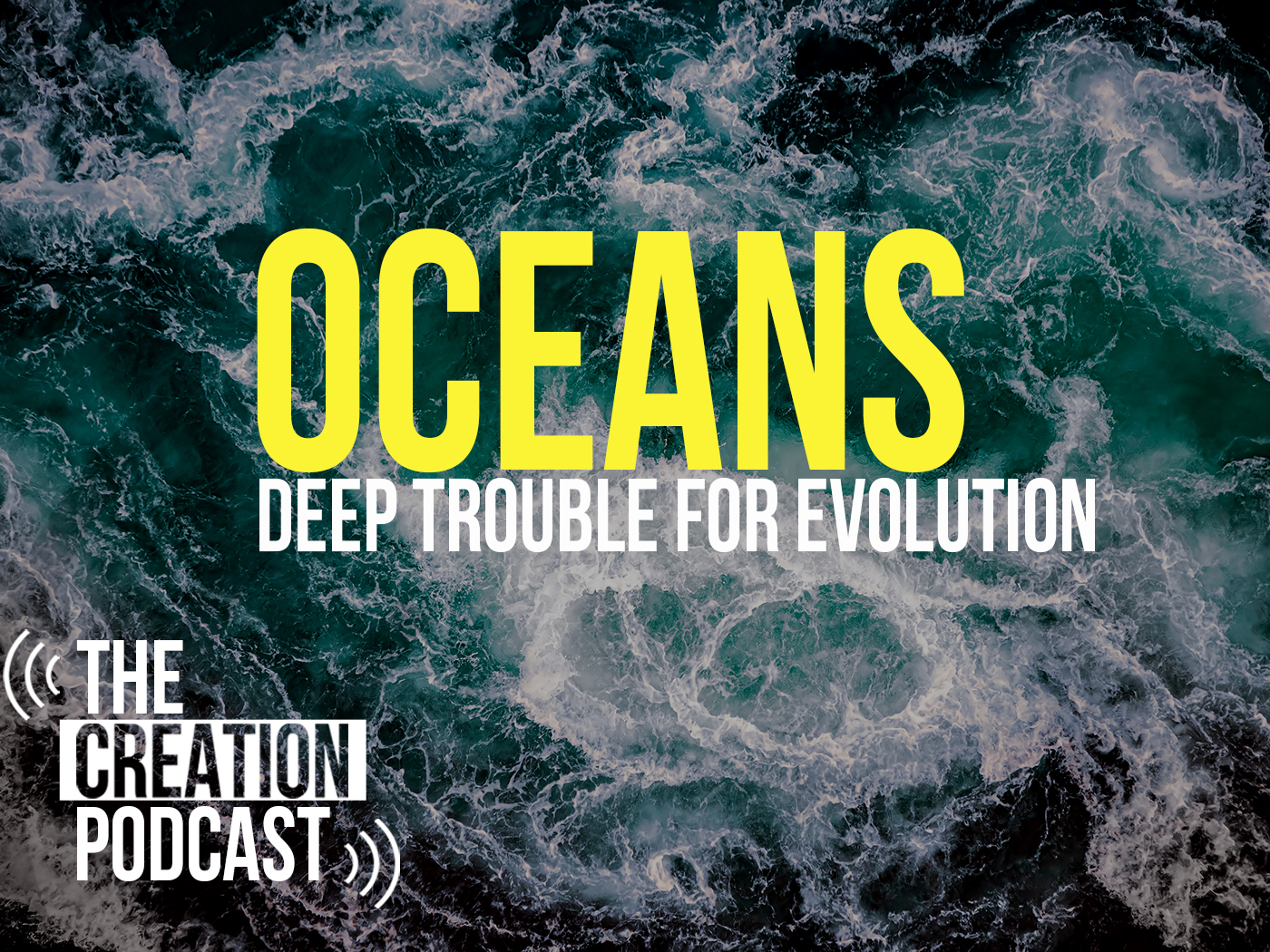Newsweek magazine recently published a commentary by atheist Richard Dawkins containing some of his arguments against “creationists.” Therein he admitted, “What would be evidence against evolution, and very strong evidence at that, would be the discovery of even a single fossil in the wrong geological stratum.”1
Out of place fossils are actually common, despite Dawkins’ claims regarding the “massive numbers” of fossils documenting evolutionary history. ICR News has reported on several over the last 12 months2,3,4,5,6 and another one has surfaced recently.
Sargent Bray, currently of Macquarie University in Australia, discovered that amber deposits trapped in Carboniferous coal from “~320 million years ago” may have originated from an evolutionary pre-flowering plant’s sap.7 He noticed that some of the chemicals that comprise the amber match those of known flowering plants. Fossils of flowering plant parts like leaves, stems, and roots are not typically found in those lower rock layers, and such plants have long been assigned an “emergence” date of “about 125 million years ago.”8
Although the amber contained the chemical signature of flowering plants, Bray suggested that this discovery does not mean that the date for the emergence of these plants should be revised in accordance with his find. Instead, he stated that these ambers “suggest that aspects of flowering plant biology began to develop much earlier than the 125 million years ago that we previously thought.”8
However, this suggestion is not based on data obtained from the amber, but on the presumption of evolution. If one were to follow the observed data unencumbered by evolutionary blinders, the most direct explanation would be that the amber came from true flowering plants. The very idea of proto-flowering plants—none of which have been confirmed in either living or fossilized form—seems clearly to be another “just-so” story invented to fit the data into an evolutionary worldview.
Interestingly, pollen grains, which only come from flowering plants, were found embedded in the Hakatai Shale, which are some of the lowermost Grand Canyon rocks. Though scientists committed to the story of flowering plant evolution tried to pass these grains off as “contaminants,” the research was repeated and had the same results―pollen grains embedded in the lowest rocks.9
If Bray’s amber was formed from true flowering plant sap as the evidence suggests, and if there really is pollen in the Hakatai Shale, then angiosperms have existed from the world’s beginning, even as Genesis records.10 The presence of larger angiosperm plant parts in upper rock layers does not reflect an evolutionary time of emergence. Rather, it likely reflects either the time of deposition for different environments during the year-long Flood, violent floodwater sorting effects, or perhaps a combination of these factors.
References
- Dawkins, R. The Angry Evolutionist. Newsweek. Posted on newsweek.com September 25, 2009, accessed October 7, 2009.
- Thomas, B. Rewriting the Last Dinosaur’s Tombstone. ICR News. Posted on icr.org May 11, 2009, accessed October 7, 2009.
- Thomas, B. Neandertal Men Were Modern Men. ICR News. Posted on icr.org December 18, 2008, accessed October 7, 2009.
- Thomas, B. Fossilized Gecko Fits Creation Model. ICR News. Posted on icr.org September 8, 2008, accessed October 7, 2009.
- Thomas, B. T. Rex Cousin Evolved 60 Million Years Too Early. ICR News. Posted on icr.org September 29, 2009, accessed October 7, 2009.
- Thomas, B. Ancient Human Footprints Look Modern. ICR News. Posted on icr.org March 6, 2009, accessed October 7, 2009.
- Bray, P. S. and K. B. Anderson. 2009. Identification of Carboniferous (320 Million Years Old) Class Ic Amber. Science. 326 (5949): 132.
- Unexpected amber find rewrites botanical history. Macquarie University press release, October 2, 2009.
- Howe, G. F. et al. 1988. Creation Research Society Studies on Precambrian Pollen, Part III: A Pollen Analysis of Hakatai Shale and Other Grand Canyon Rocks. Creation Research Society Quarterly. 24 (4): 173.
- Genesis 1:11-13.
* Mr. Thomas is Science Writer at the Institute for Creation Research.
Article posted on October 19, 2009.























